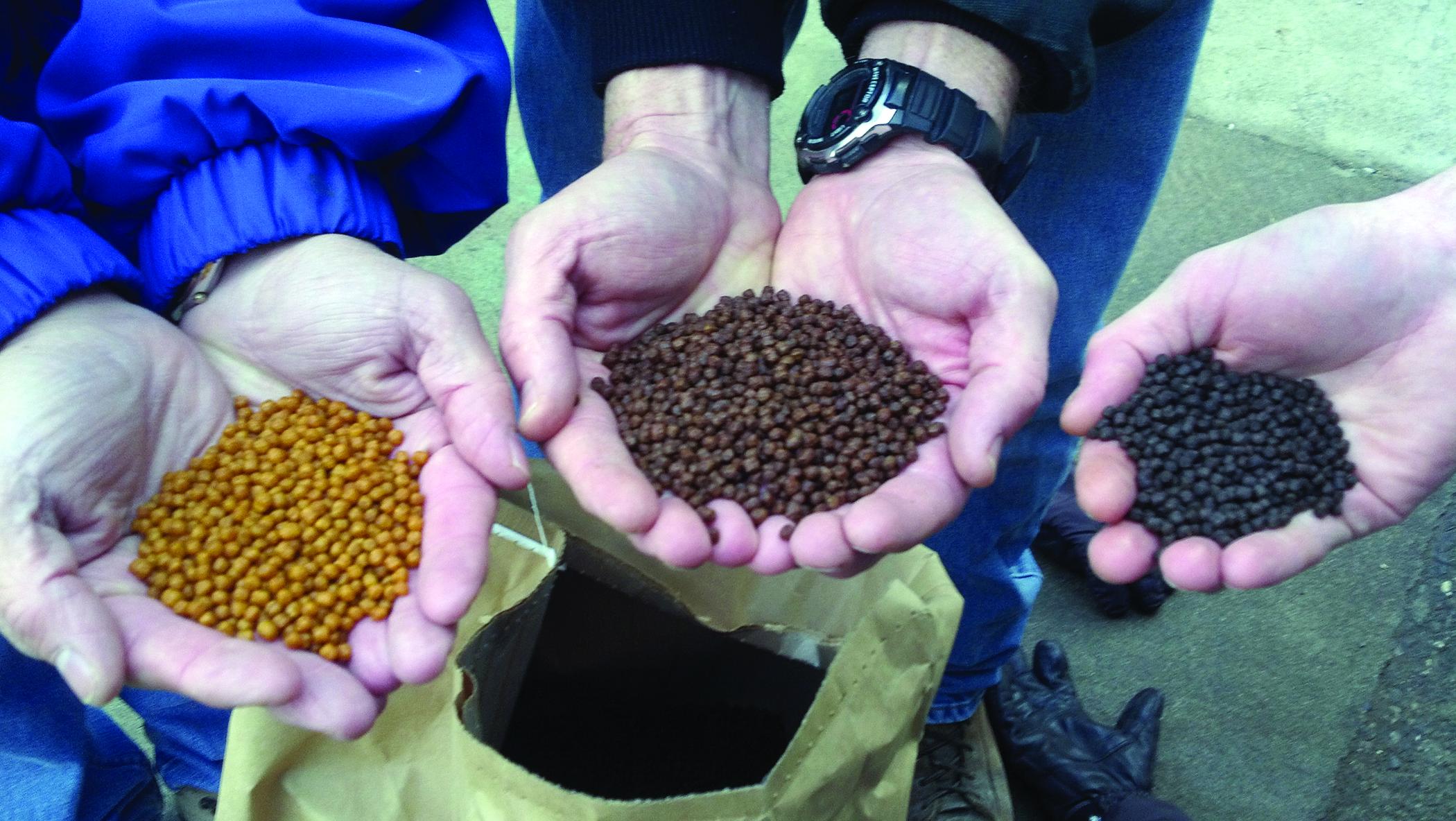
Enhancing trout performance through dietary acidification
Justification
Trout support the second largest aquaculture industry in the United States, with the majority of production (by value) occurring in the western US across Idaho and Washington (USDA, 2019). Advances in feed development can increase production capacity and efficiency through direct effects on fish growth as well as providing secondary benefits through system and waste water management. The goal of this project is to optimize pH in trout diets by, 1) characterizing the ideal feed pH for enhanced growth and physiological performance in this species, 2) identifying practical ingredients to accomplish this target pH across feed formulations, and 3) developing and testing a market-competitive trout diet at the commercial scale. Results from this project will provide feed companies and trout farmers with information that can be used to rapidly implement dietary solutions that promote production potential.
This work will directly address WRAC Research Area #5: Diet Nutrition/Innovation. Specifically, the research and extension activities accomplished during this project will provide feed solutions that trout farmers can use to achieve improved growth performance and water quality parameters across production system types. The overall objective of the project is to advance our understanding of trout nutrition and digestion while working with industry representatives to facilitate technology transfer and provide practical tools that can be adopted by the trout sector to increase domestic food production, further economic success, and reduce farms’ environmental impact.
Objectives
1. Enhance growth and water quality management by optimizing diet pH for rainbow trout.
a. Determine the effects of feed pH on growth, feed intake, feed efficiency, digestive metabolism, digestive enzyme expression and activity, and blood chemistry parameters.
b. Characterize the effects of feed pH on nutrient digestibility and oxygen demand.
c. Determine the optimal feed pH for trout production.
2. Identify dietary acidifiers from commercially-available plant, animal, and other alternative feedstuffs.
a. Measure the pH of a range of ingredients, including known and potential acidifiers, such as organic acids.
b. Identify three preferred acidifiers based on their availability, cost, and ease of use.
3. Design and test practical diet formulations to achieve optimal diet pH in trout.
a. Formulate practical-type trout diets with the three identified acidifiers for both fishmeal and plant-based diets.
b. Conduct a laboratory-scale feeding trial to compare diet performance across growth and water quality parameters.
c. Conduct an on-farm feeding trial to test the highest performing diet at the commercial scale.
4. Validate the logistical and economic viability of optimal pH diet formulations for commercial trout production.
a. Evaluate the effects of dietary acidification (Obj. 3a) on shelf life and lipid stability in extruded trout feeds.
b. Conduct a second on-farm feeding trial to test the highest performing diet at the commercial scale for cross farm comparison
c. Conduct an economic viability (cost-benefit) analysis to determine the market competitiveness of acidified diets.
5. Disseminate scientific findings on diet acidification to regional trout producers, feed manufacturers, stakeholders, and the general public.
a. Communicate research results through publications, presentations, and social media outlets.
b. Host one in-person industry focused Trout Feeds and Feeding workshop.
Project Summary
| Duration: | 3 years |
|---|---|
| Funded Date: | 09/01/2023 |
| Funding level: | $292,044 |
| PI: | |
| Advisors: |
|
| Location: | Idaho - ID, Montana - MT |
| Species: | Trout |
| Topics: | Diet and Nutrition, Metabolic rate |
